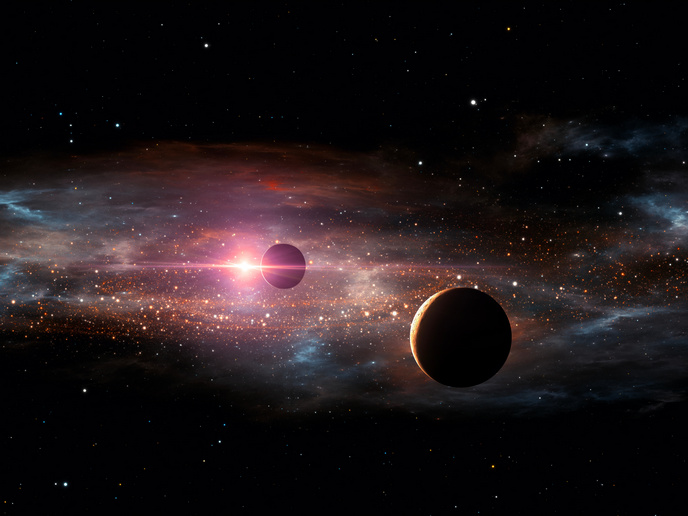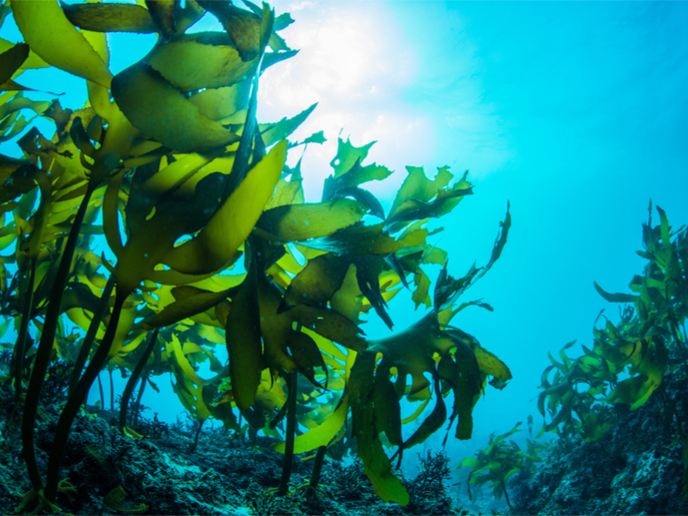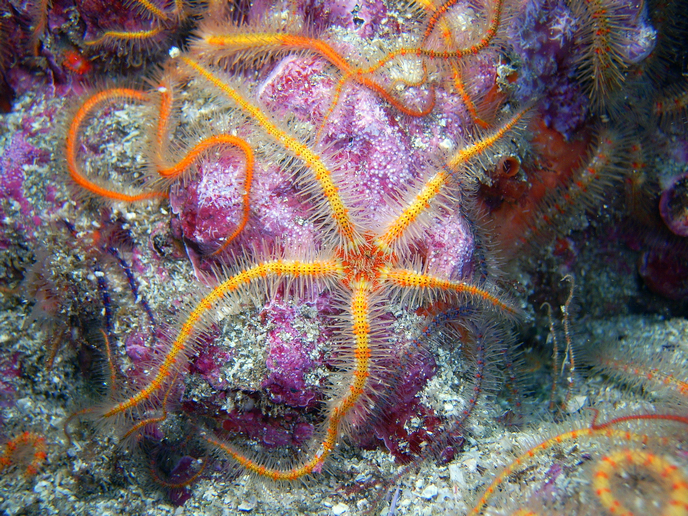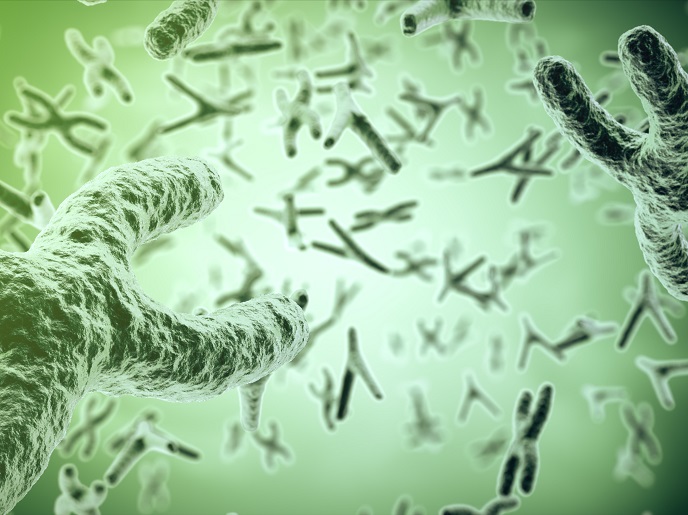Interdisciplinary research tackles cosmic questions from atomic to planetary scales
Humanity’s efforts to understand our origins and evolution remains a complex puzzle. Despite progress in various scientific fields, current answers are still piecemeal and far from comprehensive.
Illuminating some of the biggest questions in science
Funded by the Marie Sklodowska-Curie Actions programme, the oLife project brought together a wide range of disciplines ranging from molecular biology and evolutionary ecology to biochemistry and astrophysics. “The oLife Fellowship Programme recruited 18 brilliant post-doctoral researchers for conducting bottom-up interdisciplinary research, aiming to break new ground in the most fascinating areas of science,” notes Wouter Roos, who coordinated the programme together with his colleague Floris van der Tak. “These researchers’ mission has been to explore the planetary conditions and boundaries that make life possible and to uncover the origins of life on Earth.” “The team have also been investigating what defines life – from the tiniest molecules to entire biospheres – as well as working on modelling and predicting life processes, and finding ways to guide them,” adds Roos. Ultimately, they have been seeking to understand how life might be distributed throughout the universe.
Chemical evolution on a molecular level
Researchers delved into system-level phenomena to understand why molecular aggregates exhibit different functionalities than their constituent parts, focusing on autocatalysis and self-replicating chemical systems. They studied the development of compartments from organic building blocks from the nano to the micro scale and explored ancient organism evolution by examining lipid stability. Furthermore, they investigated how autocatalytic reactions lead to homochirality, which is considered essential for molecular recognition and biosynthesis.
Unveiling mechanisms on a cellular level
Moving on to larger scales, researchers studied bacterial fusion without cell walls that are deemed to resemble the earliest forms of life on Earth. Research also included amino acid transporter evolution in fungi and yeast, and how communication between cells affects natural selection. Using advanced microscopy techniques, the researchers examined molecule transport across cell membranes and protein translation variability during yeast cell division to understand metabolic and cell cycle oscillations.
Earth’s biochemical functions under study
Research into biochemistry was geared towards the evolution of enzyme functions in cells, particularly their ability to remove toxic molecules. The research traced this functionality back nearly 3 billion years, before Earth’s atmosphere hosted significant oxygen concentrations. The researchers then explored how RNA molecules may have originated as the starting point of genetics by measuring the ability of sugars and other building blocks to form larger structures. Moreover, they investigated the origin of eukaryotic cells from bacterial and archaeal ancestors, focusing on the enzymes that create different lipid types for their membranes in both synthetic and living systems.
Searching for life on exoplanets
Ultimately, on the grandest scale, researchers examined which exoplanet observations can indicate extraterrestrial life. By analysing decades of Earth’s satellite images, they sought to identify patterns suggesting biological activity beyond just temperature or water/land differences. The team also studied moon habitability around exoplanets. In total, 64 peer-reviewed scientific papers were published and 88 conference presentations were delivered throughout the project course. The programme also featured a comprehensive training component that emphasised both academic and professional skills development. Participants attended courses on topics such as intellectual property and patents, project management, interdisciplinary skills and leadership skills. Furthermore, career guidance was provided for both academic and non-academic paths, with two career days organised to support this.
Keywords
oLife, origin, Earth, evolution, interdisciplinary research, extraterrestrial life, exoplanets







